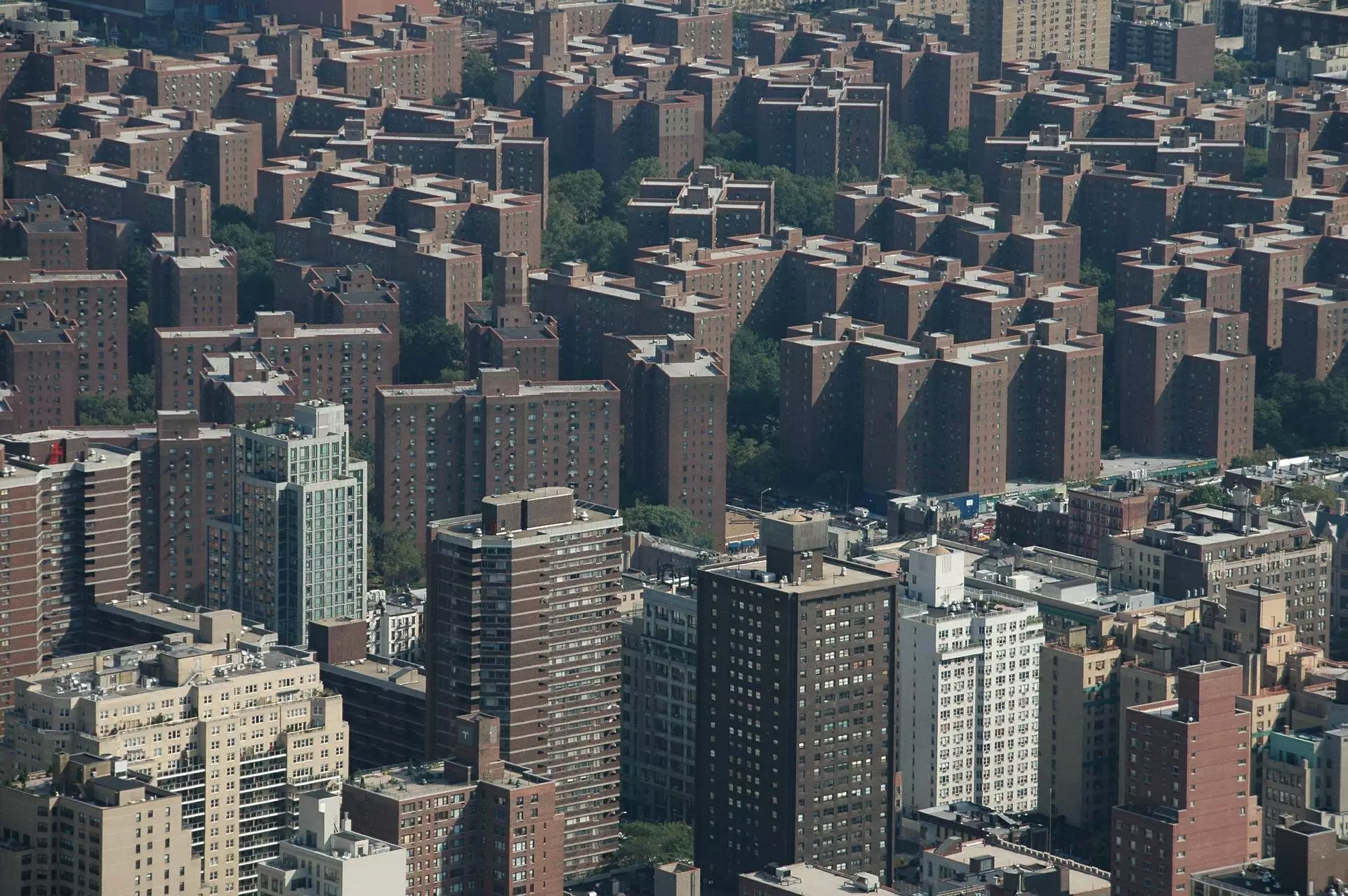Recent investigations into air pollution in urban environments are unveiling disturbing truths about our exposure to harmful particulates. Co-authored by scholars from MIT, a groundbreaking study, particularly focused on the Bronx, New York, has shifted traditional paradigms around pollution exposure. In an age where air quality is crucial to urban health, understanding the nuances of human mobility becomes essential, highlighting how our daily travel profoundly influences the air we breathe. This study pivots from mere estimations based on static residential locations or workplaces to a more dynamic snapshot that embraces real-time mobility data, revealing a more intricate exposure scenario.
Mobility Matters: The Methodology Behind the Findings
A significant innovation in this study lies in its methodology. Utilizing solar-powered environmental sensors mounted on civic services vehicles across the Bronx, the researchers effectively transformed these city fleets into mobile air quality monitors. This strategic application not only exploits existing infrastructure but also collects comprehensive data on varying air quality levels across different neighborhoods. Paolo Santi, a principal research scientist at MIT, emphasizes the impact of combining mobility data with air quality measurements, pointing out its role in crafting movement trajectories crucial for understanding pollution exposure. By studying the intricate patterns of daily commutes, the research highlights that exposure to particulate matter, particularly PM2.5—an especially harmful pollutant—rises by an alarming 2.4% when mobility is factored in.
Unequal Exposure: The Demographic Divide
As the study dives deeper, it paints a sobering picture of inequality in pollution exposure. Disparities based on ethnicity and income become stark revelations in the findings. Low-income and predominantly Hispanic neighborhoods in the Bronx are finding themselves in the eye of a pollution storm, with some areas recording particularly severe exposure levels. This juxtaposition raises critical questions about environmental justice, demanding that policymakers confront the health impacts deeply intertwined with socioeconomic status. Specifically, the Bronx holds the dismal title of having the worst air quality among all New York City boroughs, leading to an epidemic of asthma with rates reaching 2.5 times higher than in other areas—an illustration of the dangerous nexus between air quality and public health.
Connecting the Dots Between Pollution and Health Outcomes
The implications of this study are far-reaching. The evidence suggests a direct correlation between increased exposure to pollutants and heightened health risks in urban populations. Asthma and respiratory diseases, consistently documented to worsen with poor air quality, are a pressing concern for residents exposed to the high levels of particulate matter measured in the Bronx. The research underscores a deeper need for comprehensive public health strategies that aren’t merely reactive but proactively address the environmental factors contributing to these health disparities.
Moreover, this inquiry lays the groundwork for further exploration into the broader spectrum of air quality hazards beyond PM2.5, revealing vast areas for scientific inquiry. Researchers can expand this new model to analyze various forms of pollution, assessing their respective impacts on diverse populations.
Looking Ahead: Urban Planning and Public Health Strategies
The findings from this study echo a clarion call for urban planners and public health officials. The knowledge gleaned from monitoring mobility patterns related to air quality provides a unique avenue for enhancing protective measures in cities. Innovative feedback mechanisms favoring cleaner transportation solutions, enhanced green spaces, and regulated industrial emissions could stem the tide of urban air pollution. Activating community engagement in these efforts, particularly in vulnerable communities, is critical for fostering local stewardship over environmental conditions.
Santi and his colleagues affirm that the tools and techniques demonstrated in this research can be adapted for more extensive, future studies. The European context and similar urban setups worldwide can certainly learn from this Bronx study, locating air quality monitoring closer to citizen mobility patterns. Adopting a data-centric approach empowers cities to use resources more effectively towards real-time air quality assessments—it’s not just a necessity; it’s a moral obligation.
Innovative use of mobile data bridges a gap in air quality research and acceptance into mainstream urban planning. It holds the promise of not merely cataloging pollution data but, rather, actively shaping healthier urban environments grounded in empirical insight. Each analysis moves cities closer to achieving the elusive goal of cleaner air for all.

